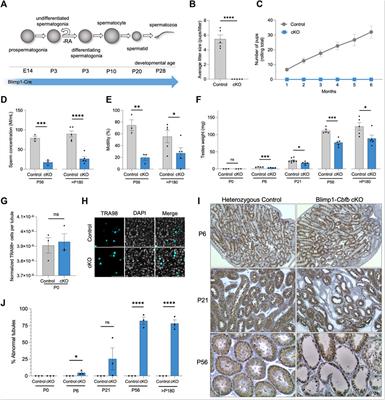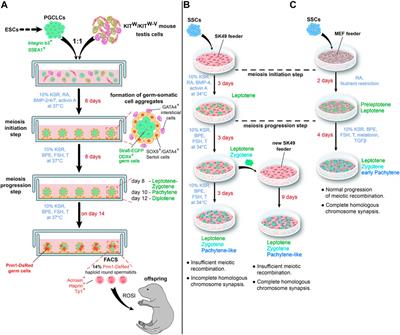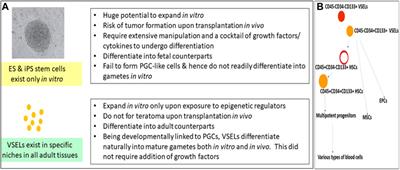ORIGINAL RESEARCH
Published on 02 Nov 2023
Core binding factor subunit β plays diverse and essential roles in the male germline

doi 10.3389/fcell.2023.1284184
- 1,231 views
2,381
Total downloads
13k
Total views and downloads
Select the journal/section where you want your idea to be submitted:
ORIGINAL RESEARCH
Published on 02 Nov 2023

ORIGINAL RESEARCH
Published on 12 Oct 2023

MINI REVIEW
Published on 24 Feb 2023

PERSPECTIVE
Published on 04 Jan 2023


Frontiers in Genetics